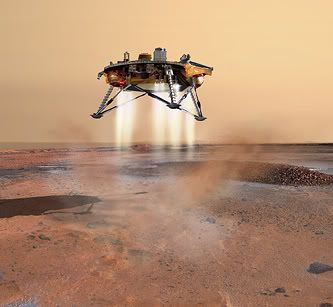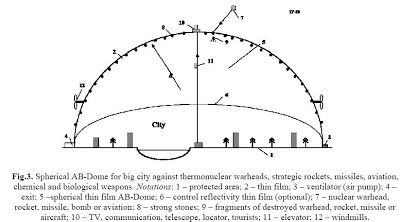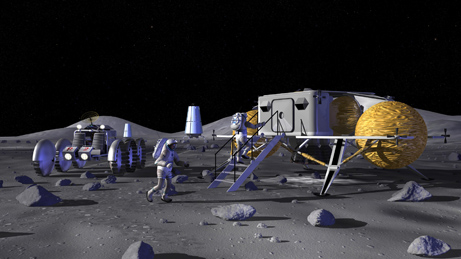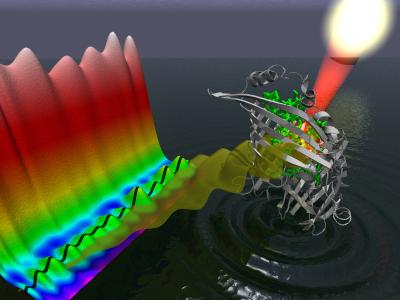[Crossposted from the blog of Starship Reckless]
Views of space travel have grown increasingly pessimistic in the last decade. This is not surprising: SETI still has received no unambiguous requests for more Chuck Berry from its listening posts, NASA is busy re-inventing flywheels and citizens even of first-world countries feel beleaguered in a world that seems increasingly hostile to any but the extraordinarily privileged. Always a weathervane of the present, speculative fiction has been gazing more and more inwardly – either to a hazy gold-tinted past (fantasy, both literally and metaphorically) or to a smoggy rust-colored earthbound future (cyberpunk).
The philosophically inclined are slightly more optimistic. Transhumanists, the new utopians, extol the pleasures of a future when our bodies, particularly our brains/minds, will be optimized (or at least not mind that they’re not optimized) by a combination of bioengineering, neurocognitive manipulation, nanotech and AI. Most transhumanists, especially those with a socially progressive agenda, are as decisively earthbound as cyberpunk authors. They consider space exploration a misguided waste of resources, a potentially dangerous distraction from here-and-now problems – ecological collapse, inequality and poverty, incurable diseases among which transhumanists routinely count aging, not to mention variants of gray goo.
And yet, despite the uncoolness of space exploration, despite NASA’s disastrous holding pattern, there are those of us who still stubbornly dream of going to the stars. We are not starry-eyed romantics. We recognize that the problems associated with spacefaring are formidable (as examined briefly in Making Aliens 1, 2 and 3). But I, at least, think that improving circumstances on earth and exploring space are not mutually exclusive, either philosophically or – perhaps just as importantly – financially. In fact, I consider this a false dilemma. I believe that both sides have a much greater likelihood to implement their plans if they coordinate their efforts, for a very simple reason: the attributes required for successful space exploration are also primary goals of transhumanism.
Continue reading “Dreamers of a Better Future, Unite!” »














